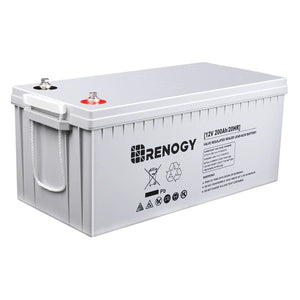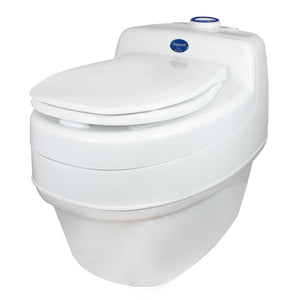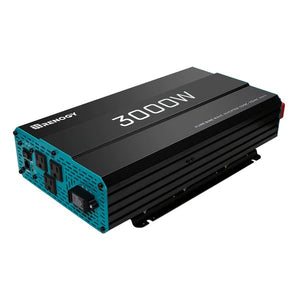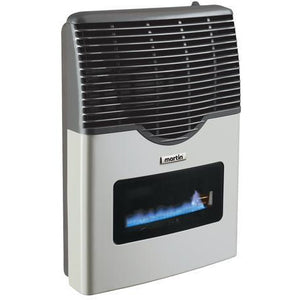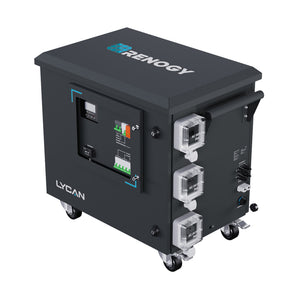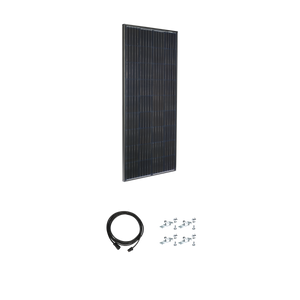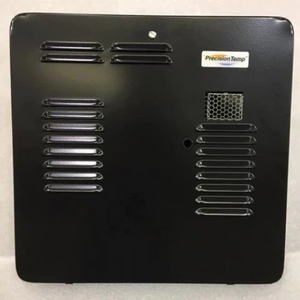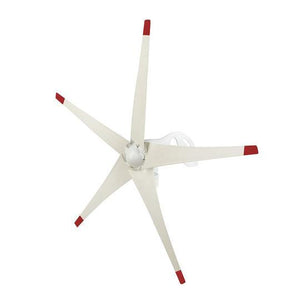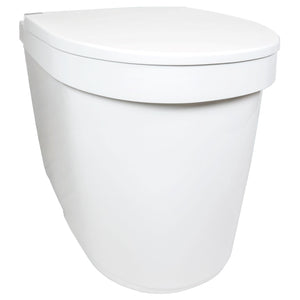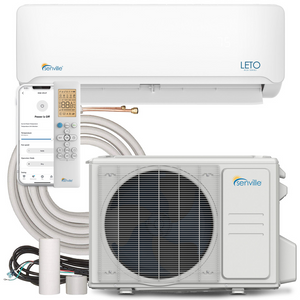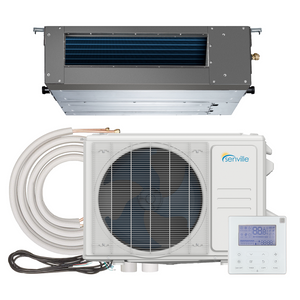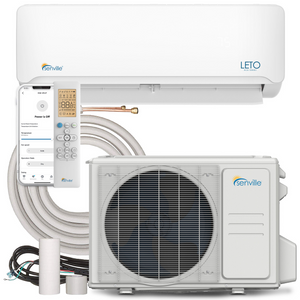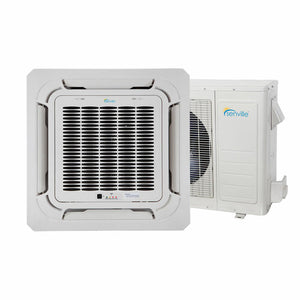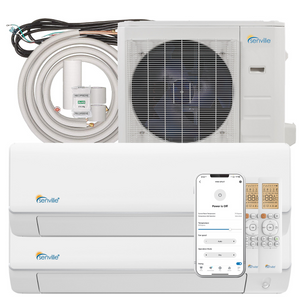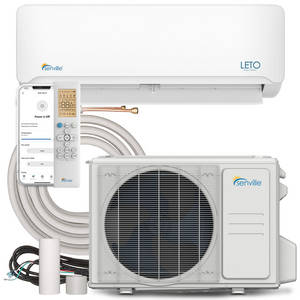Introduction:
Solar panels have become increasingly popular as a sustainable energy solution for residential properties. They harness the power of sunlight to produce clean, renewable energy. In this article, we will explore how solar panels work and guide you in choosing the right type of solar panel system for your tiny home.
Section 1: How Do Solar Panels Work?
To understand how solar panels work, we need to delve into their composition and functioning.
Photovoltaic Cells: Solar panels are composed of photovoltaic (PV) cells made of silicon. These cells consist of both positive and negative layers, creating an electric field.
Energy Production: When sunlight strikes the PV cells, the photons in the light excite the electrons in the silicon atoms, causing them to flow freely. This movement of electrons creates an electric current.
Charge Controller and Inverter: The electric current collected by the solar panels is then directed to a charge controller. This device regulates the energy flow into the inverter and charges the battery bank, if present. The inverter converts the direct current (DC) generated by the solar panels into alternating current (AC) suitable for powering your tiny home.
Section 2: Choosing the Right Solar Panel for Your Tiny Home
Selecting the appropriate solar panels for your tiny home is crucial for optimizing energy output and minimizing costs. Consider the following factors when making your decision:
-
Determine Your Energy Needs: Start by calculating your daily energy consumption and identifying the number of appliances and devices you need to power. This information will help you determine the size of the solar panel system required.
-
Consider Available Space: Evaluate the space available on your tiny home's roof or yard for installing the solar panels. Measure the dimensions and choose panels that fit comfortably within that space.
-
Check Efficiency Rating: Solar panels have varying efficiency ratings. Higher efficiency panels generate more energy for the same surface area. Although they may be more expensive, they yield greater long-term benefits. Opt for panels with higher efficiency ratings.
-
Choose the Right Type of Solar Panels: There are two primary types of solar panels: monocrystalline and polycrystalline.
a. Monocrystalline Panels: Dark gray or black in color, monocrystalline panels are made of high-grade silicon. They offer greater energy efficiency and durability. They are more space-efficient, allowing you to achieve the same output with fewer panels.
b. Polycrystalline Panels: Light blue in color, polycrystalline panels are less efficient but more budget-friendly. They are made by melting fragments of silicon together. Continuous research is being conducted to enhance the efficiency of polycrystalline panels.
-
Consider Warranty: Look for solar panels with warranties that cover both the panels and the inverter. A warranty period of at least 25 years is recommended, as it aligns with the average lifespan of solar panels.
-
Check Weather Conditions: Your geographical location and local weather conditions can impact the performance of solar panels. If you reside in an area with frequent cloudy days, you might need more panels to generate the same energy output as in sunnier regions.
-
Choose a Reputable Brand: Opt for solar panels from reputable brands known for their high-quality products. Conduct thorough research and read customer reviews to ensure reliability and trustworthiness.










